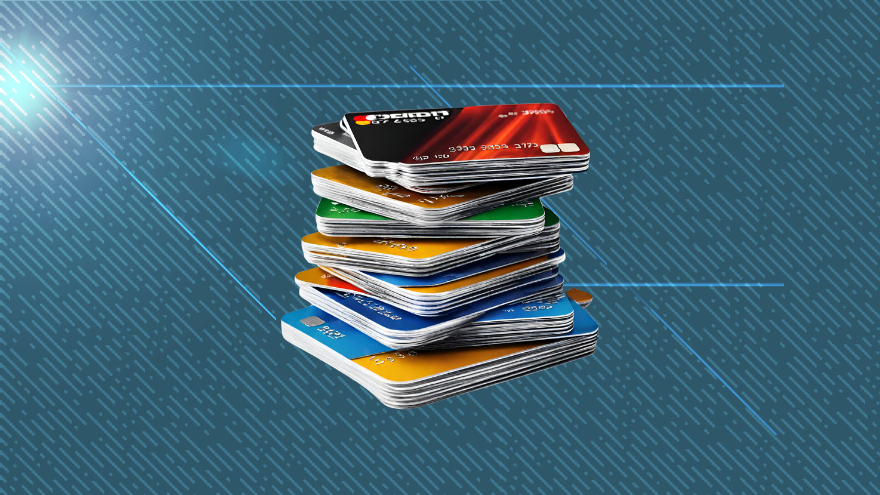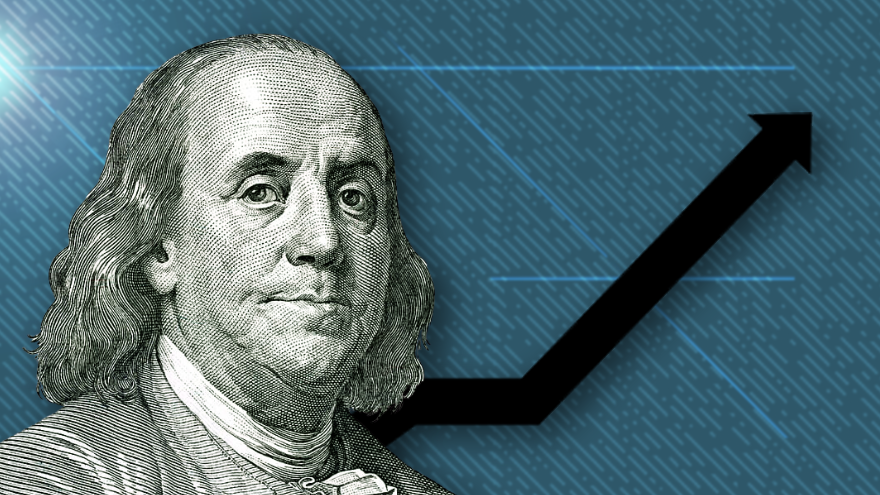Total balances for Q4 of last year rose by about $50 billion, a 4.6 percent increase from the third quarter and stands as the highest credit card balances since 2003, according to the latest data released by the Federal Reserve. “Credit card and auto loan transitions into delinquency are still rising above pre-pandemic levels,” said Wilbert van der Klaauw, economic research advisor at the New York Fed. “This signals increased financial stress, especially among younger and lower-income households.” Card delinquencies also rose. “Serious Delinquency” for credit card debt rose to 6.36 percent, a more than two-percent increase from the fourth quarter 2022. The rise in credit card debt contributed to an increase in total household debt, which is now greater than $17.5 trillion — an increase of $212 billion compared to Q3 last year. Following several years of soaring inflation, higher credit card balances appear at a time when the cost to service debt has also increased. Interest rates have remained high, as the Fed sought to cool the market to dampen upward inflationary pressures. Some analysts predict that things may still get worse before they get better. “Even though we’ve hit peak inflation, it seems inflation hasn’t disappeared,” Matt Schulz, chief credit analyst at LendingTree, told CNN during an interview. “Interest rates are still high, delinquencies are rising, and a lot of people haven’t fully begun repaying their student loans — because they haven’t necessarily had to yet,” he said. “There’s a lot of reason to believe that the near future is going to be pretty tough when it comes to debt.” Schulz added that how bad it gets may depend on things that are happening right now. Typically, early in each year, Americans trim spending and focus on paying down debt accumulated during the holidays. “Historically, we see debt — credit card debt in particular — dip in the first quarter, and when it was basically flat in the first quarter of 2023, it was a really bad omen of what was in store for us,” he said. “It’s going to be really interesting to watch what the first quarter numbers for 2024 are and whether we see that dip again, or if we see more of a repeat of what we saw in 2023.”U.S. credit card debt soared for the third consecutive quarter, topping $1.13 trillion by the end of December.
Finance /
U.S. Credit Card Debt Continues To Reach New Highs
Analyst says things could get worse before they get better

*For corrections please email [email protected]*
